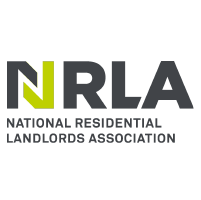
The abolition of the furnished holiday lettings tax regime – confirmed earlier this week – will punish local economies, according to the Country Land and Business Association.
The CLA’s statement follows the UK government’s publishing of draft legislation to remove the FHL tax regime from April 2025.
The measure was originally floated by former Chancellor Jeremy Hunt at his Budget in the spring, but the necessary legislation did not pass before the General Election. However, this week the new Labour government published paperwork saying the change would still happen from spring next year.
From April loan interest income tax relief will be restricted to basic rate for all holiday let owners; capital allowances will not be available for new expenditure but will be replaced with relief for replacing domestic items; there will be no business CGT reliefs on chargeable gains on disposing of property; and income from holiday lets will be excluded when calculating maximum pension relief.
There will be some transitional arrangements – chief existing holidays lets will continue to benefit from capital allowances on expenditure already incurred; losses generated from a holiday lets business can be carried forward and set off against other property rental income; and roll-over relief, business asset disposal relief, gift relief, relief for loans to traders and exemptions for disposals by companies with substantial shareholdings will remain available to current qualifying lets so long as certain conditions are met.
However, the overall picture is that the change will remove many of the tax advantages that landlords who offer short-term holiday lets have over those who provide standard residential properties.
CLA president Victoria Vyvyan says that, in the case of farmers and landowners, diversification into the holiday lettings market is a business necessity.
“The short-term rental and holiday let sector contributes billions to the wider economy, supporting local shops and restaurants and creating tens of thousands of jobs. Abolishing the furnished holiday lets regime will only punish people who are helping to grow local economies.
“It is far from a tax loophole, providing a crucial support mechanism, strengthening the resilience and viability of many rural businesses that in turn enables them to invest in their work looking after the environment and feeding the nation.”
By converting unused or underutilised properties, that may not be suitable as homes in the private rented sector, into high-quality holiday accommodations, property owners contribute to the local community’s economic vitality, Vyvyan believes.
“Why are small rural businesses being punished for diversifying? This sweeping approach needs a far closer scrutiny of the perceived problem.”
Original Post from landlordtoday.co.uk













